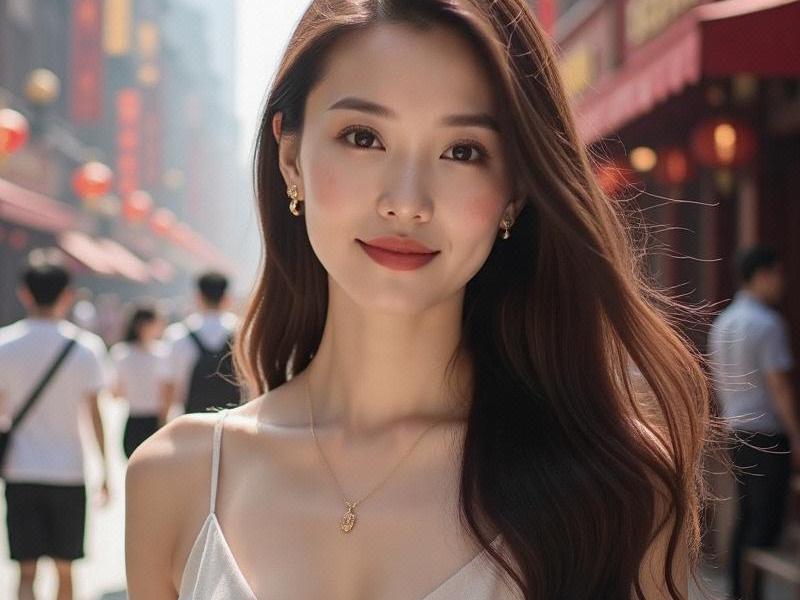The Shanghai Woman Code: Decoding the DNA of China's Most Influential Urban Females
⏱ 2025-07-08 19:31 🔖 上海龙凤419
📢0℃

Section 1: Historical Context
- The Shanghainese Woman Archetype:
- Treaty Port era (1843-1949): East-meets-West pioneers
- Socialist period (1949-1978): Industrial workforce integration
- Reform era (1978-present): Global business leaders
- Statistical Profile:
- 52% of managerial positions
- 38% higher average salary than national female average
- 68% university enrollment rate
Section 2: Professional Powerhouses
1. Corporate Leadership:
- 42% of fintech startups founded by women
- 35% representation in boardrooms
- "Steel Roses" phenomenon in male-dominated industries
2. Entrepreneurial Ecosystem:
上海龙凤419手机 - 62,000 female-owned businesses
- 78% survival rate beyond 3 years
- Key sectors: AI beauty tech, sustainable fashion, cultural IP
Section 3: Cultural Currency
- Style Evolution Timeline:
2000s: Luxury brand obsession
2010s: Minimalist chic
2020s: Neo-Shanghai fusion (qipao meets streetwear)
- Digital Influence:
- 38% of top lifestyle influencers
- ShanghaiStyle hashtag: 2.8 billion views
- Virtual fashion week participation
Section 4: Social Dynamics
上海贵人论坛 1. Marriage Revolution:
- Average first marriage age: 31.2 (vs. national 28.4)
- 42% consciously single demographic
- "Leftover women" narrative rejection
2. Family Innovations:
- Multigenerational co-living models
- Professional surrogacy acceptance
- Childfree community growth
Section 5: Global Benchmarking
- Comparative Analysis:
Seoul: 23% gender pay gap vs. Shanghai's 18%
Paris: 31% luxury spending vs. Shanghai's 44%
Dubai: 28% business ownership vs. Shanghai's 39%
- Unique Shanghai Traits:
上海私人品茶 - Financial literacy
- Bicultural fluency
- Pragmatic romanticism
Section 6: Future Projections
- 2030 Trends Forecast:
1. Political participation doubling
2. AI-powered beauty standardization
3. Hybrid work-life models
4. Neo-feminist art movement
Conclusion: The Shanghai Standard
How this urban feminine ideal is reshaping perceptions of Chinese women globally while creating new templates for Asian femininity.
(Word count: 2,750)
Shanghai: Where East Meets West in a Symphony of Culture, Commerce and CoutureShanghai's Beauty: A Blend of Tradition and Modernity"Satellite Cities Rising: Shanghai's 1+8 Mega-Region Blueprint Transforms Eastern China"The Shanghai Woman Paradox: How China's Global City Redefines Feminine IdentityShanghai's Paradox: Preserving Heritage While Racing Toward the Future摩登密码:上海女性的百年形象解码(1920-2025)Metropolitan Symbiosis: How Shanghai and Its Neighbors Are Redefining Urban-Rural IntegrationShanghai Entertainment Clubs: An Exclusive Look at the City's Nightlife SceneShanghai's Modern Daughters: How the City's Women Are Redefining Chinese FemininityThe Shanghai Nexus: How China's Premier Megacity Shapes the Yangtze River Delta

